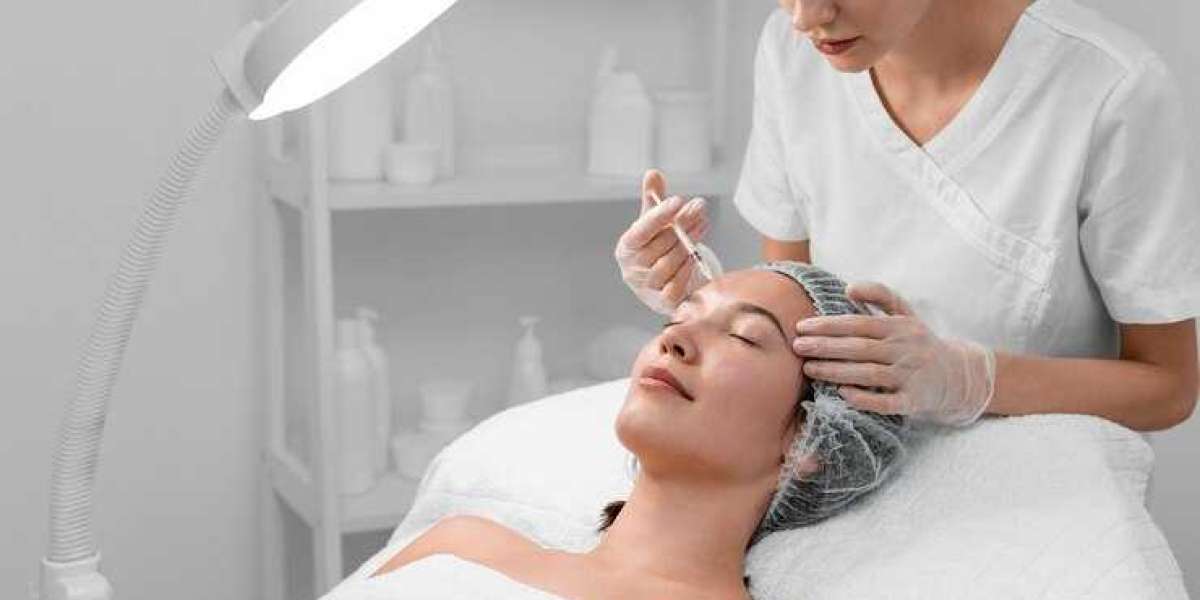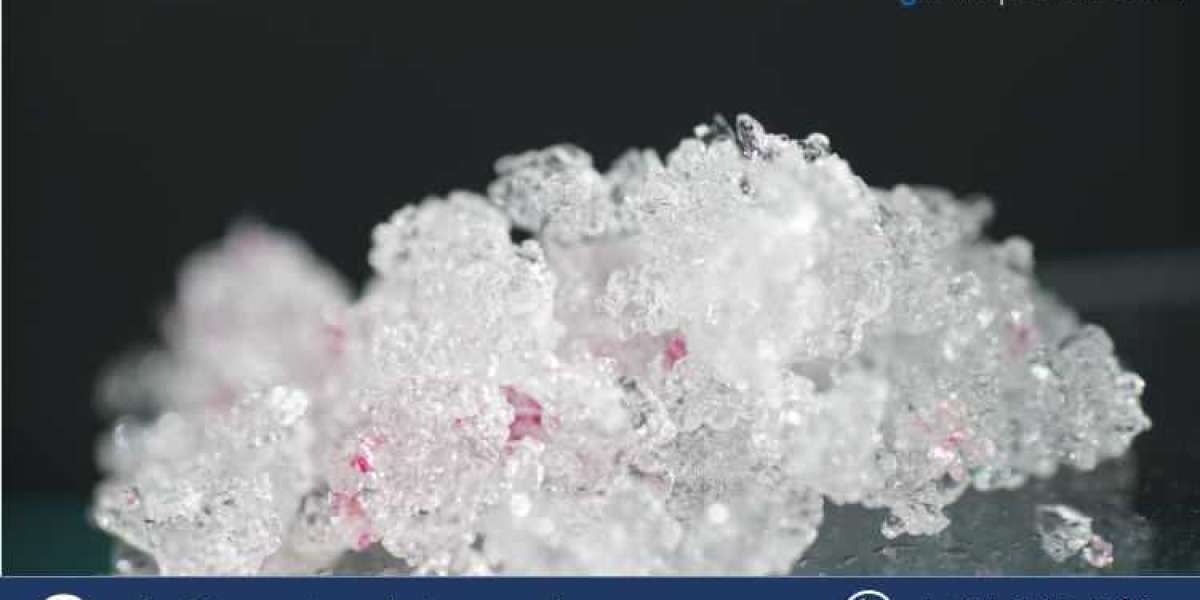Introduction
Dermapen treatments, also known as microneedling, have become a go-to solution for improving skin texture, reducing fine lines, and promoting collagen production. The procedure uses a device with fine needles to create micro-injuries in the skin, triggering the body’s natural healing process. As the skin repairs itself, it produces collagen and elastin, which helps the skin look younger, smoother, and more rejuvenated. One of the major benefits of Dermapen is that it can enhance the absorption of active ingredients in topical skincare products. In this blog, we will explore the best ingredients to pair with Dermapen treatments for enhanced results and healthier, more radiant skin.
Why Ingredient Pairing Matters
After a Dermapen ديرمابين treatment, your skin is more receptive to skincare products. The tiny micro-channels created by the needles allow ingredients to penetrate deeper into the skin, delivering active compounds more effectively than they would through regular topical application. Pairing Dermapen with the right ingredients can significantly boost its effectiveness and help address specific skin concerns, from aging and pigmentation to hydration and acne scars. Let’s take a closer look at some of the best ingredients to use after your Dermapen treatment to achieve optimal results.
1. Hyaluronic Acid
Why It Works:
Hyaluronic acid is a natural substance found in the body that helps keep the skin hydrated and plump. After a Dermapen treatment, your skin will benefit from the deep hydration that hyaluronic acid provides, helping to speed up the healing process and leave the skin feeling smooth and nourished. Its moisture-binding properties make it an excellent ingredient for all skin types, especially dry or dehydrated skin.
How to Use:
Apply a serum or gel-based hyaluronic acid immediately after your Dermapen session while your skin is still absorbing ingredients. This will help lock in moisture, giving your skin a healthy glow and aiding in faster recovery.
2. Vitamin C (Ascorbic Acid)
Why It Works:
Vitamin C is a powerful antioxidant that helps brighten the skin, reduce the appearance of hyperpigmentation, and stimulate collagen production. By using vitamin C after a Dermapen treatment, you can accelerate the skin’s natural repair process, enhance the anti-aging effects, and protect the skin from free radical damage. The increased collagen production from both Dermapen and vitamin C can help improve skin texture and reduce fine lines.
How to Use:
Look for a stabilized vitamin C serum to avoid irritation. After your Dermapen treatment, apply a few drops of vitamin C serum to your face, focusing on areas with dark spots or uneven skin tone. For best results, use this product daily in your skincare routine.
3. Peptides
Why It Works:
Peptides are short chains of amino acids that serve as the building blocks of proteins like collagen and elastin. They help improve skin elasticity, reduce fine lines, and enhance skin texture. Peptides work synergistically with Dermapen treatments to support collagen production and skin regeneration, providing a powerful anti-aging effect.
How to Use:
Look for peptide-infused serums or moisturizers after your Dermapen treatment. These products will help improve skin barrier function and promote skin healing. Peptides are gentle enough to use daily, making them an excellent addition to your post-treatment skincare regimen.
4. Growth Factors
Why It Works:
Growth factors are proteins that play a critical role in cell growth and regeneration. They are particularly useful in wound healing, which is why they pair well with Dermapen treatments. The microneedling process creates micro-injuries in the skin, and applying growth factors afterward can accelerate the healing process and stimulate collagen production.
How to Use:
Many skincare brands offer serums or creams containing growth factors. These should be applied directly after Dermapen treatments to maximize their effectiveness. Growth factors are often used in professional settings alongside microneedling and can be used as part of your at-home routine as well.
5. Retinoids (Retinol)
Why It Works:
Retinoids, such as retinol and tretinoin, are known for their ability to accelerate skin cell turnover, improve skin texture, and reduce the appearance of wrinkles and fine lines. Retinoids stimulate collagen production, making them an excellent complement to Dermapen treatments. However, because retinoids can be irritating to some skin types, they should be used with caution, especially right after Dermapen procedures.
How to Use:
It’s important to introduce retinoids gradually into your routine, particularly after Dermapen sessions. Start by applying retinol on alternate nights and slowly increase usage. If you are sensitive to retinoids, consider waiting a few days after your Dermapen treatment to allow your skin to recover before incorporating retinol into your routine.
6. Niacinamide
Why It Works:
Niacinamide, or vitamin B3, is a powerful anti-inflammatory and antioxidant. It helps improve skin texture, reduce redness, and even out skin tone. Niacinamide also strengthens the skin’s barrier, which is essential after a Dermapen treatment. Since microneedling can make the skin more sensitive, niacinamide can help calm irritation and reduce post-treatment redness, while also improving the skin’s overall appearance.
How to Use:
Niacinamide can be used daily as part of your post-Dermapen routine. Apply a niacinamide serum or cream directly after treatment to help reduce inflammation and support skin repair. It’s gentle enough for all skin types, including sensitive skin, making it an excellent choice after microneedling.
7. Aloe Vera
Why It Works:
Aloe vera is renowned for its soothing and hydrating properties. After a Dermapen treatment, the skin may feel slightly irritated or inflamed. Aloe vera helps to calm and cool the skin, providing much-needed relief. Additionally, aloe vera promotes wound healing and can help reduce the risk of scarring.
How to Use:
Aloe vera gel or serum can be applied immediately after Dermapen sessions to soothe and hydrate the skin. Ensure that the product is pure aloe vera without added fragrances or chemicals that could irritate the skin. Aloe vera can be used multiple times a day during the recovery period.
8. Sunscreen (SPF 30 or Higher)
Why It Works:
After Dermapen treatments, your skin is more vulnerable to sun damage. Microneedling can make the skin more sensitive, and sun exposure can cause inflammation, hyperpigmentation, and even scarring. Using sunscreen with a broad-spectrum SPF of 30 or higher is crucial to protect your skin during the healing process and to maintain the benefits of your Dermapen treatment.
How to Use:
Apply sunscreen generously in the morning and throughout the day, especially if you are going outdoors. Choose a mineral-based sunscreen with zinc oxide or titanium dioxide for the best protection.
Conclusion
Pairing the right ingredients with your Dermapen treatments can significantly enhance the results, leaving you with smoother, more radiant skin. Hydrating agents like hyaluronic acid, brightening ingredients like vitamin C, and collagen-boosting peptides and growth factors work together to amplify the benefits of microneedling. However, it’s important to choose ingredients that complement Dermapen without causing irritation. Always consult with a skincare professional to determine the best post-treatment skincare routine based on your individual skin needs. By combining Dermapen with the right ingredients, you can achieve optimal results and maintain healthy, glowing skin.














